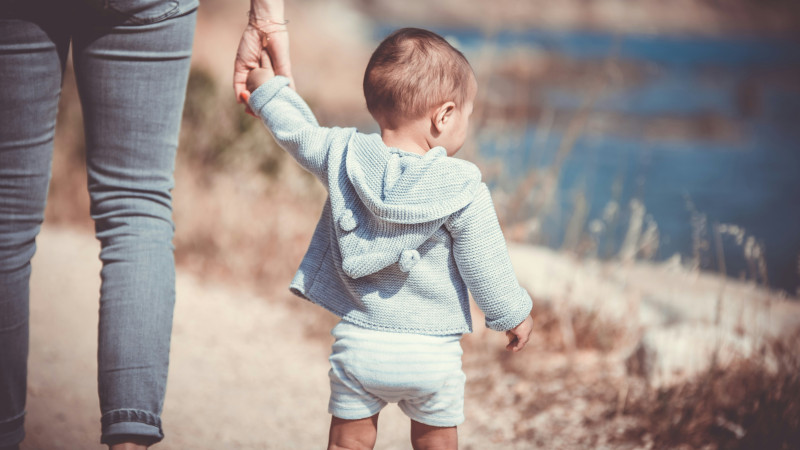Cloth Diaper Absorbency Types

Cloth diapers are reusable fabric diapers that can be washed and reused. The materials your diapers are made of are just as important as the style of diapers you choose. You can divide the materials into absorbent layers and the waterproof/water resistant layer.
The water resistant part is usually made from PUL (polyurethane laminate) or TPU (thermoplastic polyurethane). The difference between PUL and TPU is mostly how it is made. PUL is made by chemically bonding the polyurethane (the plastic layer) to the fabric while TPU is made with heat. No real difference is in their breathability, function or how stretchy it is for diapering.
Both fabric contain the same plastic (polyurethane). Both materials are considered safe for diapering. Some caregivers prefer PUL and others TPU.
Wool is another water resistant fiber that is commonly used for diapering. Wool is natural, breathable, plastic free, and comes in various diapering forms.
The absorbent layers are most commonly made with one of four main materials; Cotton, Bamboo, Microfiber and Hemp or a mix between two or more of them.
The differences between the materials is first and foremost; natural vs synthetic fabric, how quickly they absorb and the amount of liquid they hold.





